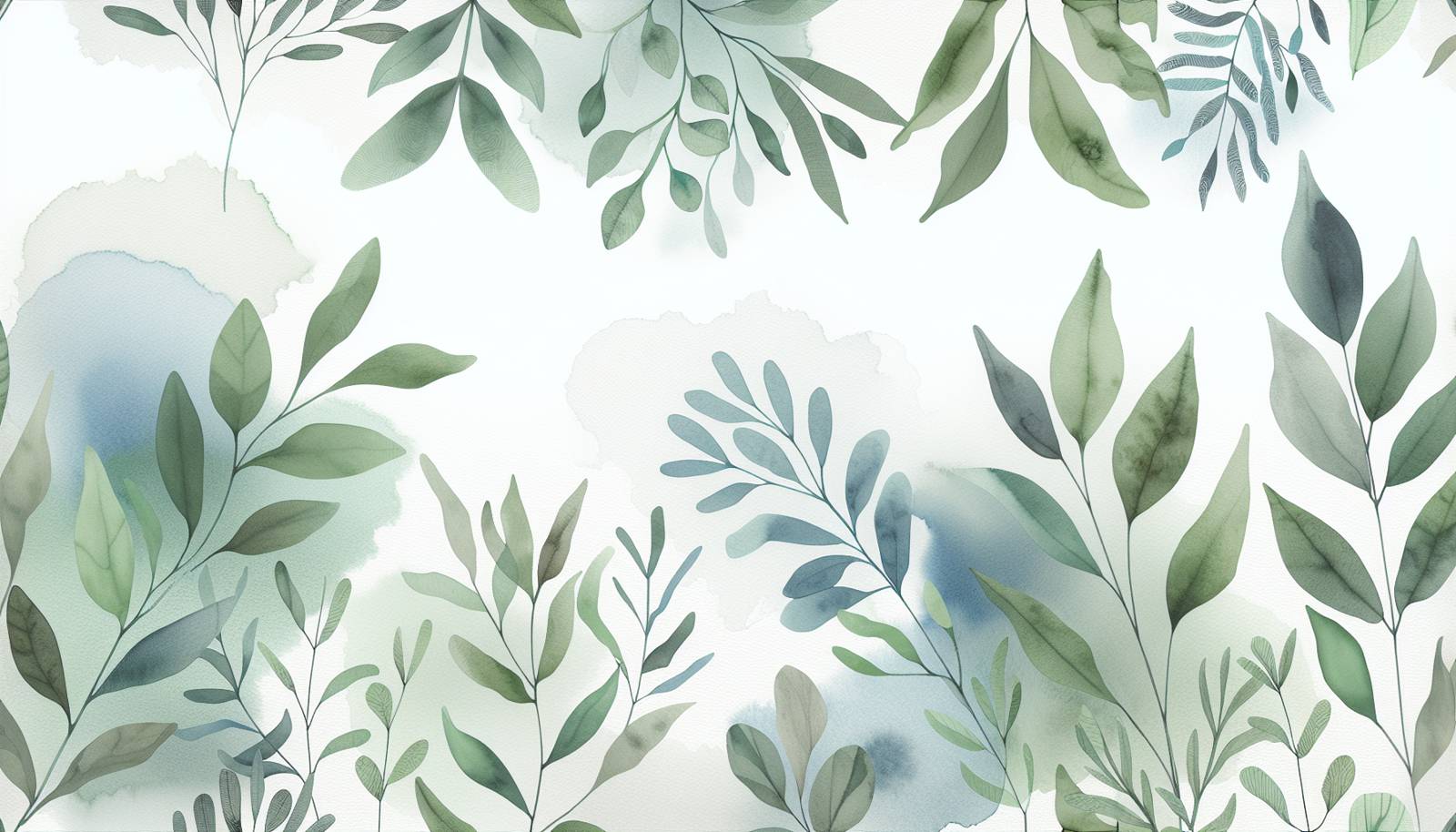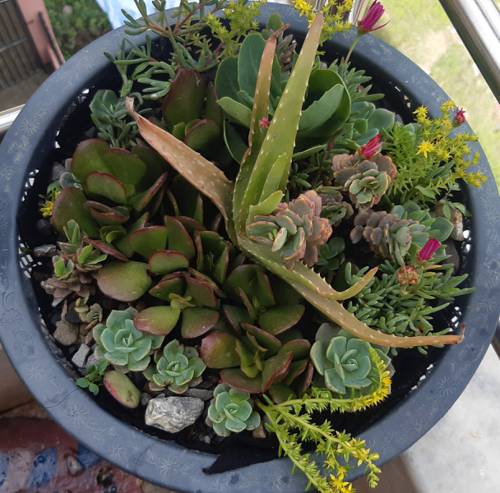
FAQ About Indoor Plant Guttation Management

What is guttation in indoor plants?
Guttation is a process where plants exude droplets of sap or water from the tips or edges of their leaves. This usually occurs during the night when soil moisture levels are high, and the humidity in the air is also high. It's a normal physiological process for plants to alleviate water pressure within their tissues.

What causes guttation in indoor plants?
Guttation in indoor plants is primarily caused by high soil moisture levels. When the soil is overly saturated, the roots absorb more water, creating pressure. Since plants don't transpire water at night, excess water is released through specialized structures called hydathodes, leading to guttation phenomenon.

Is guttation harmful to indoor plants?
Guttation itself is not harmful to indoor plants. It is a natural process. However, continuously high moisture levels can lead to other issues such as root rot or fungal diseases. It is important to ensure proper drainage and avoid overwatering to prevent such problems.

How can I prevent guttation in my indoor plants?
To prevent guttation, regulate your watering schedule by allowing the soil to dry out slightly between waterings. Ensure pots have adequate drainage. Avoid watering late in the day or too late in the evening, as this can increase the chances of guttation at night when transpiration is minimal.

Can guttation affect the surrounding environment of indoor plants?
Yes, guttation can affect the surrounding environment. The droplets can sometimes leave water spots on furniture or flooring if they fall off the leaves. In some cases, the sap from guttation might also contain sugars or minerals that can attract pests or contribute to dirt accumulation.

Are there specific indoor plants more prone to guttation?
Yes, some indoor plant species are more prone to guttation. For example, plants from the Araceae family, such as Monsteras and Pothos, are known for it. These plants have large leaves and a high water uptake capacity, making them more likely to exhibit guttation.

Does high humidity contribute to guttation in indoor plants?
High humidity can contribute to guttation because it reduces the rate of transpiration. When the air is already saturated with moisture, water is less readily evaporated, which can lead to an increased likelihood of guttation due to excess internal water pressure.

How is guttation different from dew formation?
Guttation differs from dew formation in that guttation originates from inside the plant while dew forms from environmental moisture condensing on surfaces due to cooling temperatures. Guttation involves the excretion of plant fluids, whereas dew involves atmospheric water vapor.

Can guttation indicate overwatering of my indoor plants?
Guttation may suggest that your indoor plants are receiving more water than necessary, especially if seen frequently. It is an indicator of high moisture levels in the soil. Adjusting the watering routine may help manage or reduce guttation occurrences.

Is there a way to manage guttation without altering watering habits?
Managing guttation can often involve improving ambient conditions. Increasing air circulation in the room or slightly raising the temperature can help by enhancing transpiration rates and reducing the likelihood of guttation, even without significantly changing watering habits.

What time of day does guttation usually occur in indoor plants?
Guttation typically occurs at night or early morning when relative humidity is highest, and water uptake exceeds the transpiration rate. This time frame is generally when plants' stomata are closed, reducing water loss through transpiration.

Can guttation be a sign of plant health issues?
While guttation is typically a natural and harmless process, excessive or persistent guttation can be a sign of overwatering or poor drainage, which might lead to plant health issues like root rot. Monitoring water levels and plant condition is important for early detection of potential problems.

Do all indoor plants exhibit guttation?
Not all indoor plants exhibit guttation. Guttation is more common in certain plant species with broad leaves or those with a high capacity for water uptake and storage. Plants like Monsteras, Peace Lilies, and some grasses are known for it, whereas succulents or cactuses rarely show guttation.

Can guttation be confused with plant disease symptoms?
Guttation can sometimes be confused with symptoms of plant disease, such as fungal infections that may cause spots or deposits on leaves. However, guttation is characterized by clear, water-like droplets, which are different from the discolored or textured symptoms often seen with diseases.

What role do hydathodes play in guttation?
Hydathodes are specialized structures located at the edges or tips of leaves that facilitate guttation. They allow the release of water and dissolved nutrients from plant vascular tissues when water pressure builds up within a plant, functioning somewhat like valves to exude excess moisture.

How can I clean up guttation residues safely?
To clean up guttation residues safely, use a soft cloth dampened with water to gently wipe leaves. For persistent mineral deposits, a solution of vinegar and water can be used sparingly. Ensure that any cleaning agent is thoroughly rinsed off after cleaning to avoid leaf damage.

Why do some indoor plant leaves develop water droplets at night?
The development of water droplets on plant leaves at night is often due to guttation. During the night, with high humidity and little evaporation, plants release excess moisture absorbed during the day, resulting in droplet formation on leaf edges or tips.

Do indoor plants need specific care after a guttation event?
After a guttation event, indoor plants generally do not require specific care related to the process itself. However, checking that soil drainage is adequate and adjusting any overwatering habits can be beneficial. Observing plants regularly can help manage overall health.

What are the common misconceptions about guttation?
A common misconception about guttation is that it directly causes harm to plants. While guttation itself is harmless, it can suggest underlying issues like overwatering. Another misconception is confusing guttation with signs of disease; however, guttation leaves clear, moist droplets, unlike most disease symptoms.

How might pests be attracted to guttation in indoor plants?
Pests can be attracted to the sugar or protein residues sometimes present in guttation droplets. This can create a minor pest management issue, as insects like gnats or ants may come in search of the nutrients present in these exudates, especially when not promptly cleaned.
